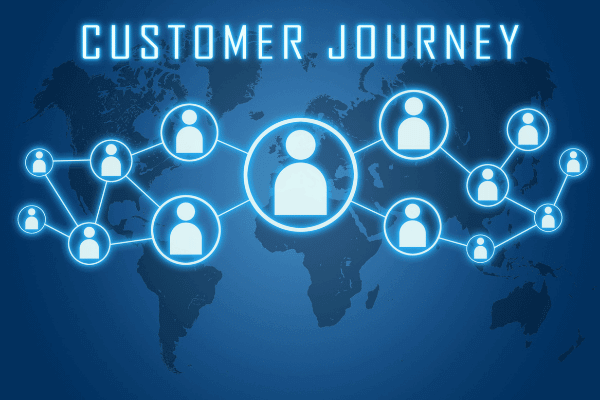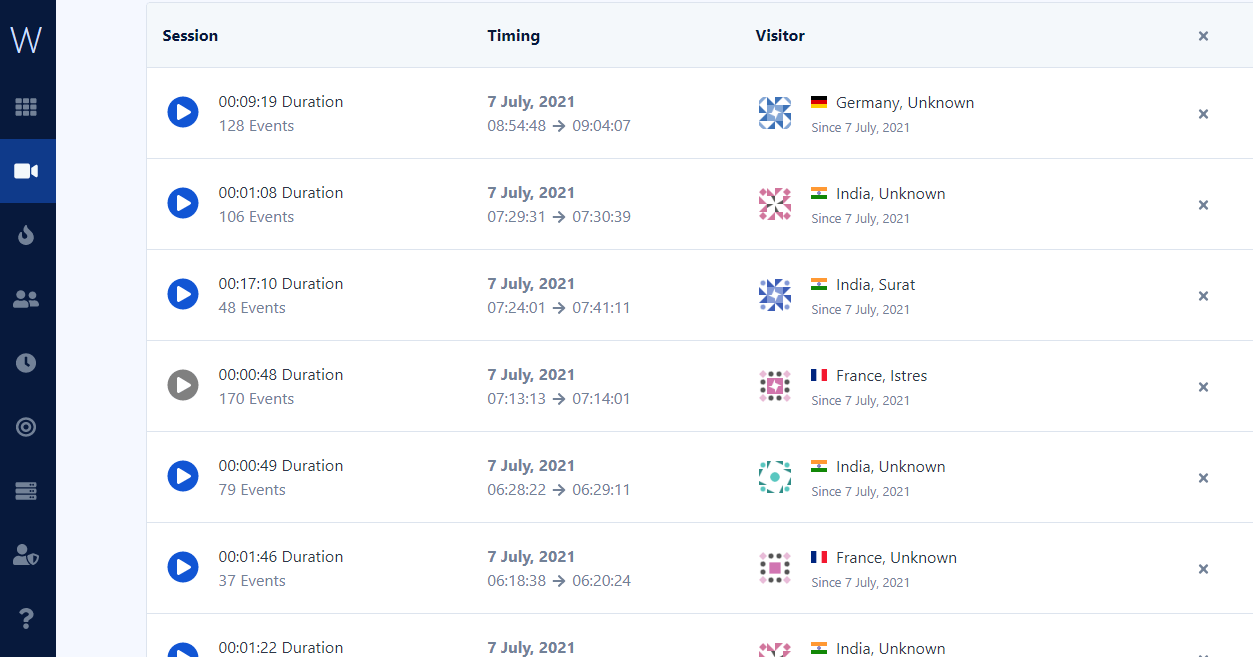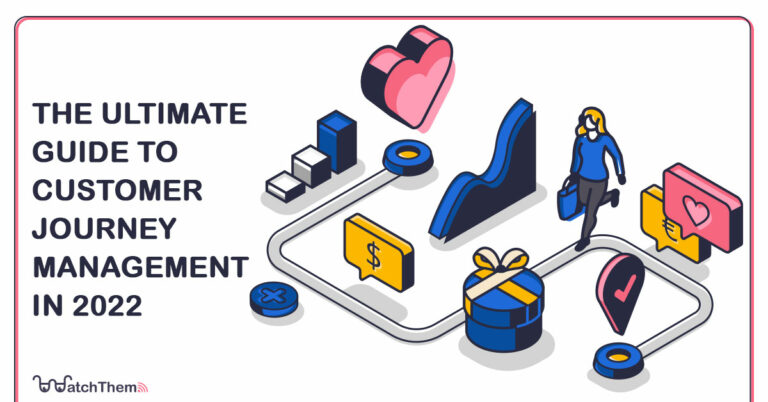Page Contents
Customer journey management is a tried-and-true method for giving your consumers the seamless experiences they expect. Customers nowadays want their interactions with your company to be similar to customer experience leaders like Google, Amazon, and Netflix. Anything less is likely to cause discontent and churn.
Your company should be able to foresee client needs and integrate multi-channel interactions with effective customer journey management. This will result in a higher conversion rate and revenue. You need to provide a consistent and connected ideal journey. Therefore, your business must have the ability to manage omnichannel experiences over the website, different devices, and social media.
But don’t get the terms “customer journey” and “customer experience” mixed up.
What customers do at each level of the customer lifecycle is referred to as the customer journey. The customer experience refers to how the customer feels during the whole customer lifecycle.
More information on customer behaviors


What Is Customer Journey Management?
Rather than maximizing single encounters at each touchpoint, customer journey management focuses on customers’ total journey to achieve a goal.
It’s a mentality shift that allows you to align your entire business with your customers’ aspirations. It also helps you measure, monitor, and optimize the CX. Leading companies use customer journey management worldwide to improve customer experience and add value to both their company and consumers.
The Value of Customer Journey Management
The main objective for implementing customer journey management is to increase your company’s ability to provide value to its customers. It’s the process by which customer-centric businesses learn about their customers’ goals and assist them in achieving them as quickly as possible.
Thanks to this method, you can ensure that each customer’s encounter represents their special journey context. It means everyone has a unique experience that suits them well.
Managing customer journeys gives you the structure you need to provide the experiences your customers expect and influences the metrics and results that matter the most. A customer journey management program has three primary advantages for your company:
1. Better Customer Experience
Customer journey management enables you to create outstanding, consistent experiences for consumers regardless of the goal they want to achieve or the channels they utilize along the way.
Journey management is a closed-loop strategy that assists journey owners in determining how each action improves journeys and affects customer experience metrics.
You may design journey dashboards and track your progress in real-time using customer journey management software.
One of the best and free software out there is WatchThemLive analysis. WatchThemLive services such as heatmaps and session replays will help you to understand your customers better. Consequently, you’ll be able to manage them better and benefit your company even more.
As customers interact with your company, you can see if your enhancements deliver the intended outcomes so you can adjust your methods accordingly.
Make the best decision by signing up right now.


2. Digital Transformation
Companies are focusing on altering obsolete experiences and the underlying processes and systems that support them. All these are done to meet evolving customer expectations and compete in today’s quickly changing landscape. Journey management allows chief digital officers to provide their customers with the accessible digital experiences they want. Moreover, it reduces costly and often tedious human encounters.
3. Revenue Growth
Experiences, rather than products and services, are now more likely to capture the hearts of customers. Most marketing leaders recognize the importance of providing differentiated experiences to prospective clients or consumers when they shop and buy. Yet, they struggle to do so.
If your company manages customer journeys, you may want to track acquisition journeys across different channels. Then, ensure that each encounter aligns with the distinct experiences each customer has with your company.
Also, marketing departments can adopt a journey management technique to increase revenue by providing cross-sell or upsell offers to existing clients. Marketers can coordinate these offers correctly for each consumer and through the optimal channel by tracking and analyzing customer journeys
How to Succeed with Customer Journey Management?
The route to becoming a journey-centric organization begins at the top. Customers and the journeys they take must be prioritized and organized by corporate leaders.
The actual effort begins once the company achieves leadership commitment. Re-aligning every possible effort with customer goals, defining success metrics, and mapping those metrics to critical business outcomes are steps in implementing an effective customer journey management program.
Common Mistakes in Customer Journey Management
Too often, management becomes either an academic exercise or a difficult task to reach a consensus on. Here are some of the most common mistakes in journey management and how to concentrate on providing an exceptional customer experience.
- One Dimensional: It’s simple to create a one-dimensional map. But, it’s unlikely that something so fundamental can help you improve your marketing effectiveness.
- Too Much Detail: It’s a delicate balancing act. If you try to go into too much detail, you can spend an eternity piecing together the journey and obtaining internal consensus.
- Being Subjective: Using a whiteboard to bring a group together can benefit the process. However, avoid basing your work on rash conclusions or suppositions. Be data-driven.
- Mono Focusing: It’s easy to get caught up in focusing on just one aspect of the customer experience. Therefore, make sure to look at your customer journey from above.
In Conclusion
Every business aspires to provide unique, extraordinary client experiences. However, many of them can’t make it happen properly.
The importance of data and analytics cannot be ignored. However, today’s businesses have too much data and can’t beneficially use it. The puzzle pieces of data management, journey measurement, and customer journey optimization come together when using a proper journey management program. Make sure to choose carefully and get help when you need it.

